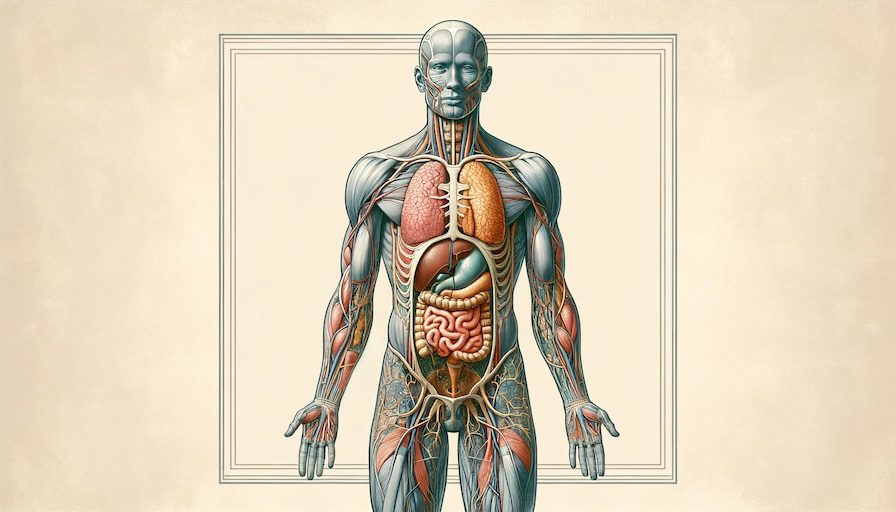Normally, when foreign particles are introduced into the body, the immune system responds to destroy them. In the case of tattoos, though, the story is more interesting. As it turns out, our immune system does respond immediately when a tattoo is first inked. Cells swarm the damaged area of epidermis and dermis to try and deal with the invader. However, when these cells, called macrophages, interact with tattoo pigments, there’s a problem. The pigment particles cannot readily be broken down by the enzymes carried by the macrophage. Instead, the pigments remain stuck inside the macrophage until it eventually dies off and falls apart after a few days or weeks. Then, the pigment particle is ingested by another macrophage and the process begins again. Conveniently, just like skin, macrophages aren’t very opaque. This means we can still see the tattoo pigments even as they’re being swallowed and released over and over again.
Thankfully, macrophages don’t move around much at all, meaning that tattoos tend to stay where we put them. However, this process of death and reingestion is thought to be behind why tattoos tend to get a little fuzzy around the edges over time.
It’s also an important factor around how tattoo removal works. Laser tattoo removal treatments break down pigment particles into smaller pieces which can more readily be disposed of by macrophages. This process is why tattoo removal isn’t instant. Instead, the pigment particles are broken down into fragments, and macrophages in the skin then take a few weeks to remove the debris. This process is called phagocytosis, with the debris eventually making its way out of the dermis via the lymphatic system.
Source: Hackaday

Leave a Reply…